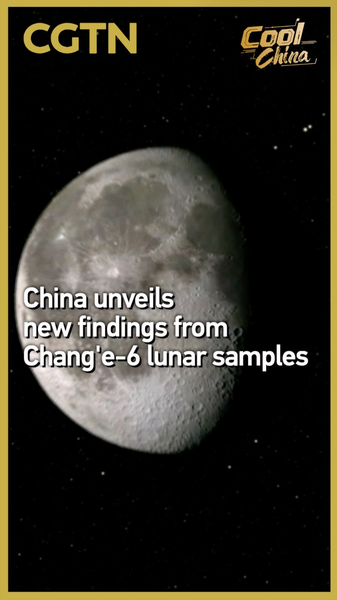
Chang’e-6 Samples Reveal Cooler Far Side Mantle of the Moon
New data from the Chinese mainland’s Chang’e-6 mission shows the moon’s far side mantle is cooler than the near side, shedding light on lunar structure and volcanic evolution.
My Global News: Voices of a New Era
🌍 Stay Ahead, Stay Global 🚀

New data from the Chinese mainland’s Chang’e-6 mission shows the moon’s far side mantle is cooler than the near side, shedding light on lunar structure and volcanic evolution.
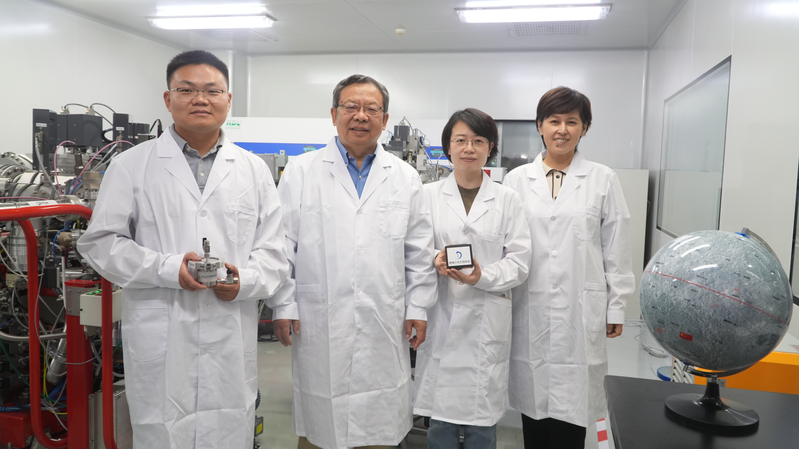
Analysis of Chang’e-6 far-side moon basalts shows the lunar mantle is ~100°C cooler than near-side samples, reshaping our view of lunar evolution and future missions.

China’s Chang’e-6 mission team captured the 2025 IAF World Space Award on Sep. 29 at IAC 2025 in Sydney, marking a milestone in global space collaboration.

New analysis of Chang’e-6 lunar samples pins Apollo Basin at 4.16 billion years old, pushing back the Late Heavy Bombardment and revealing a gradual decline in early asteroid impacts.
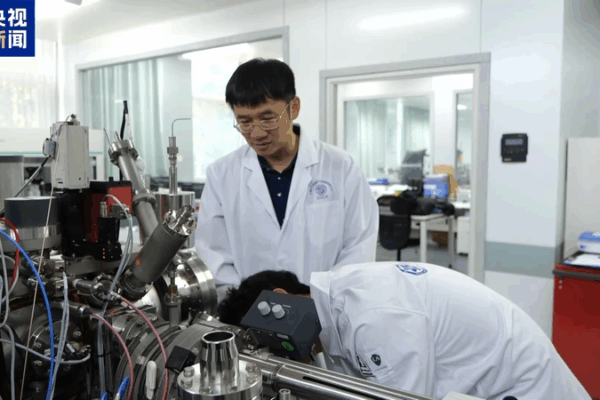
New analysis of Chang’e-6 lunar samples reveals the moon’s far side mantle is drier and in a lower oxidation state than its near side, reshaping our view of lunar evolution.
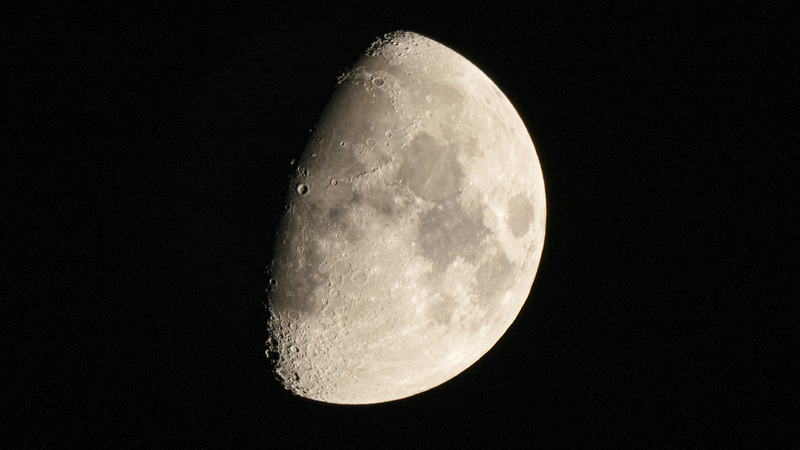
CNSA approves its ninth batch of lunar sample loans: 30.88g from Chang’e-5 & Chang’e-6 missions to 32 research groups for groundbreaking lunar studies.
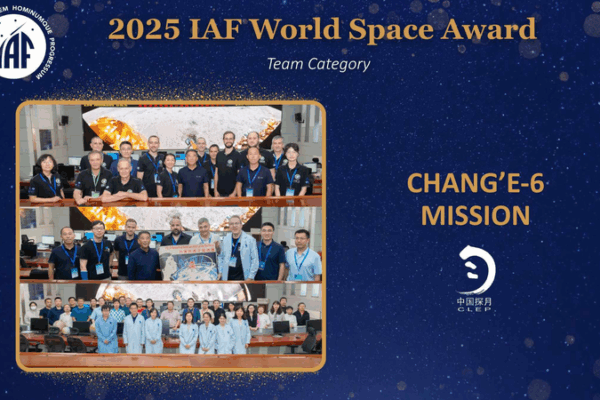
The Chang’e-6 mission team from the Chinese mainland has been honored with the 2025 IAF World Space Award, underscoring its groundbreaking work in lunar exploration.
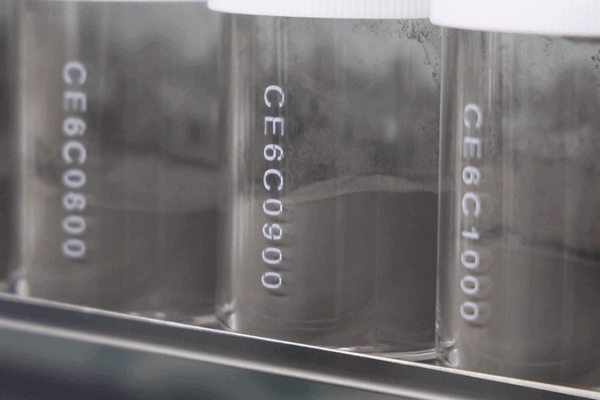
Chinese scientists use Chang’e-6 samples to trace volcanic activity, magnetic shifts and water differences in the moon’s far side, reshaping our understanding of lunar evolution.

World Expo 2025 in Osaka will showcase lunar soil samples from both sides of the moon, featuring China’s historic Chang’e-6 mission.

Chang’e-6 mission directly dates the moon’s largest impact crater to 4.25 billion years, offering new insights into early solar system history.